Fresh from our trek to the magnificent Angel Falls the world’s highest waterfall we boarded a small plane to Ciudad Bolívar the capital of Venezuela’s South-eastern Bolívar State, which lies at the spot where the Orinoco River narrows to about a mile.
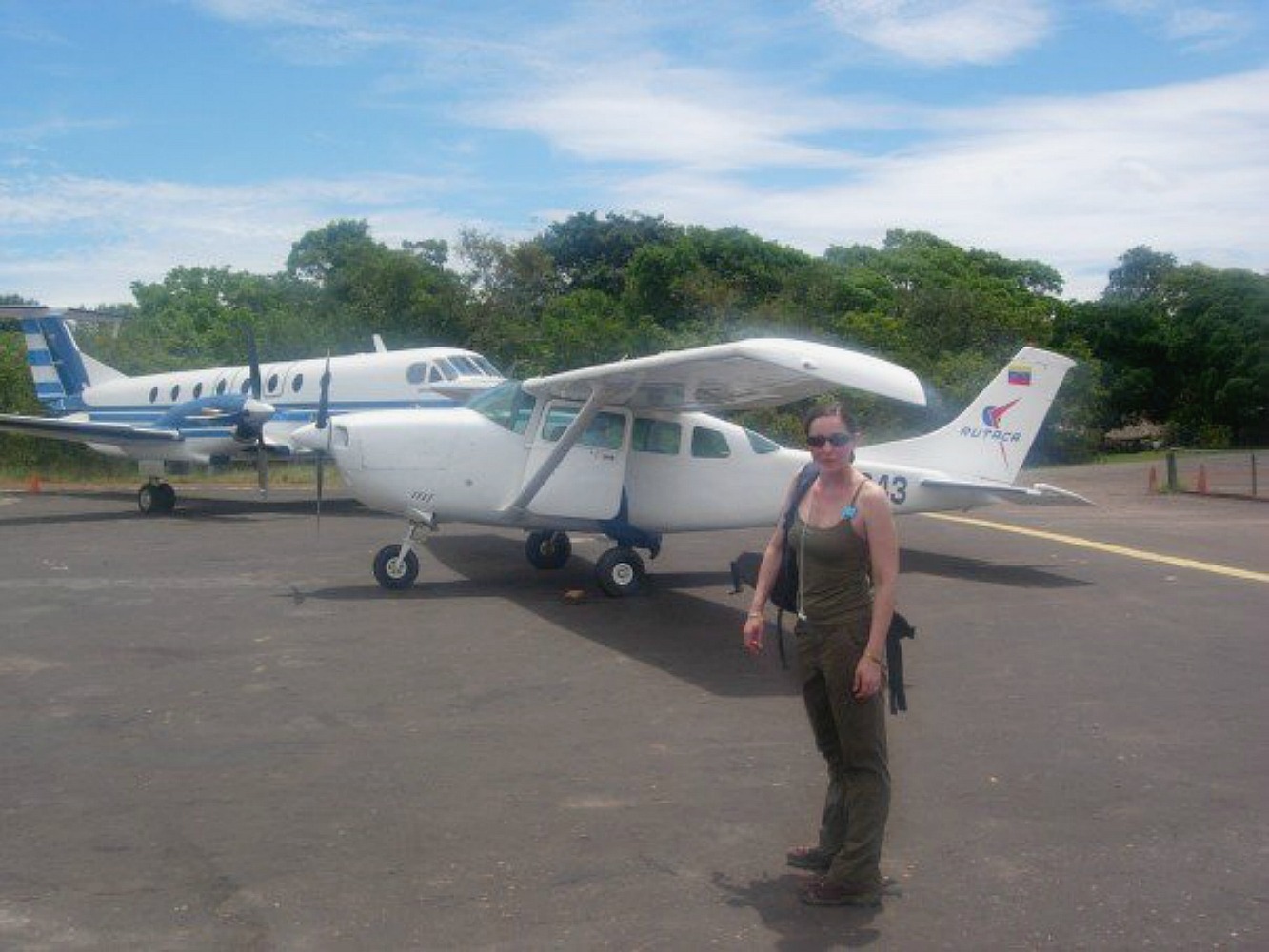 In our case it was a thirty-minute flight across a landscape straight out of Sir Arthur Conan Doyle’s The Lost World. We spluttered and dipped up and down out of thermals and in between monolithic table-top mountains or Tepuis (Tepui means ‘House of the Gods’) watching waterfalls cascade onto the dense undergrowth hundreds of metres below. After a visually stunning flight that included some fairly hairy moments we were glad to arrive in one piece – Charly was particularly impressed when the pilot took his hands off the controls and let us whirr along unaided for several minutes.
In our case it was a thirty-minute flight across a landscape straight out of Sir Arthur Conan Doyle’s The Lost World. We spluttered and dipped up and down out of thermals and in between monolithic table-top mountains or Tepuis (Tepui means ‘House of the Gods’) watching waterfalls cascade onto the dense undergrowth hundreds of metres below. After a visually stunning flight that included some fairly hairy moments we were glad to arrive in one piece – Charly was particularly impressed when the pilot took his hands off the controls and let us whirr along unaided for several minutes.
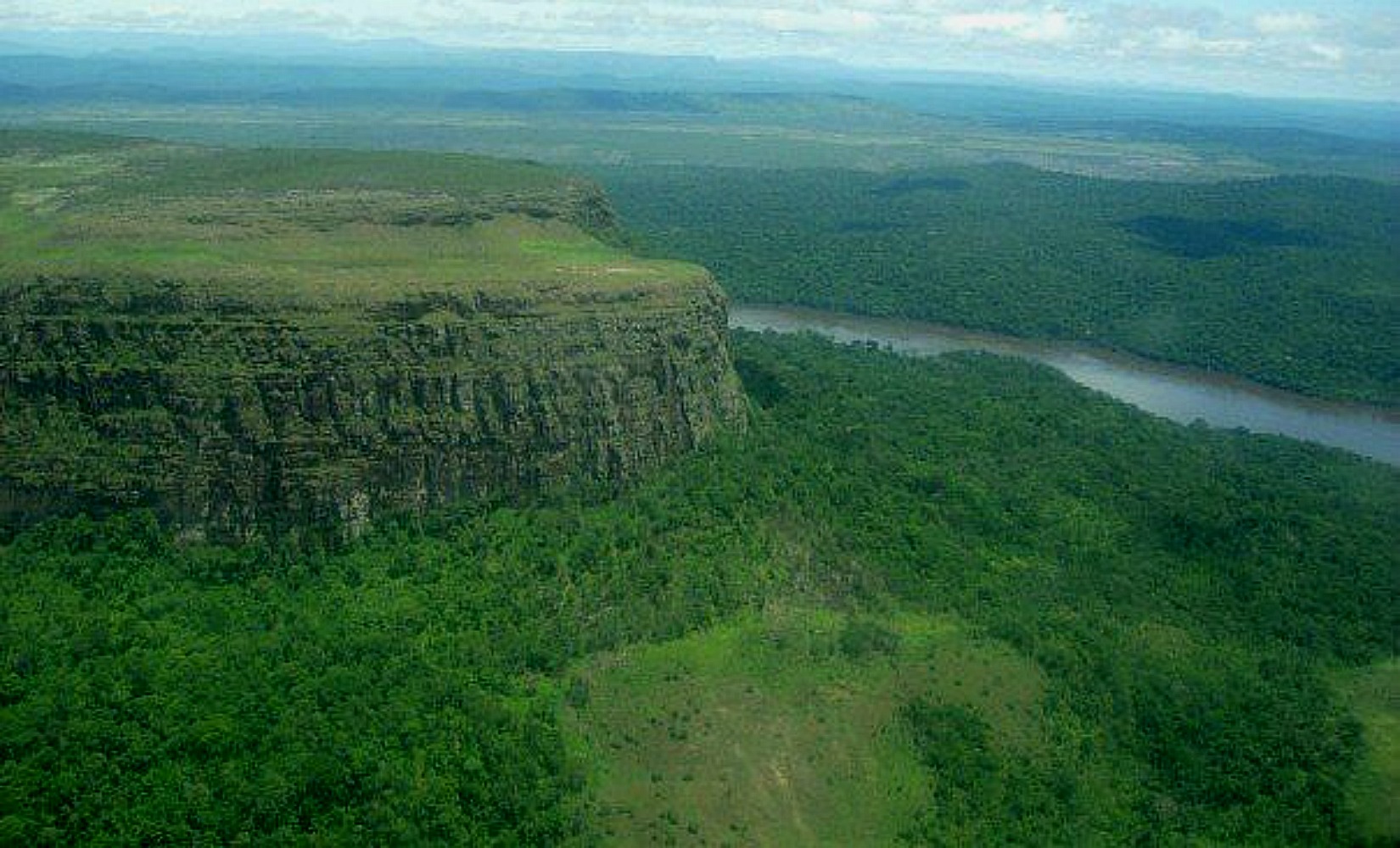 Cuidad Bolívar is a place of huge historical significance in Venezuela and features many reminders of its colonial past, notably at its centre an array of brightly coloured buildings.
Cuidad Bolívar is a place of huge historical significance in Venezuela and features many reminders of its colonial past, notably at its centre an array of brightly coloured buildings.
The city was founded in 1764 as San Tomas de la Nueva Guayana and later known as Angostura, giving its name to the Angostura tree and to Angostura bitters invented in the city in 1824. It was renamed in honour of Simon Bolívar in 1846.
Cuidad Bolívar was the site of several battles and one of the first places to be liberated from the Spanish in 1817. The extraordinary Simon Bolívar set up base for the military operations here and made it the provisional capital prior to engagements that marked the final stages of the War of Independence.
You can’t visit Venezuela without encountering Simon Bolívar. A divisive character, many Spanish Americans wanted him to be their dictator, their king; some denounced him as a traitor, and others tried to assassinate him. He was a revolutionary who freed six countries, fighting a war of unremitting violence. Although coming from the Venezuelan elite he fought for liberty and equality for all men, whatever class, creed or colour. Ultimately he has a country, a city, and a currency named after him.
It was Simon Bolívar who renamed the town Angostura in 1818 and at the Angostura Congress, 1819 – 1821 gave the famous inaugural “Speech of Angostura” renouncing the absolute powers suffered under Spanish rule and laying the foundations of Gran Colombia, a unified republic comprising of Venezuela, Colombia and Ecuador.
All of this history comes alive in the town centre at another Simon inspired location the Plaza Bolívar. Here you can visit the Casa del Congreso de Angostura, it was a school on the 15 February 1819 when the famous inaugural speech was made.
There’s also the ochre coloured cathedral and the brilliant blue Casa Piar on the northern side of the plaza, where General Manuel Carlos Piar known as the “Liberator of Guayana” and considered to be one of the most important and yet least known heroes of Venezuelan history was imprisoned prior to his execution for charges of treason, allegedly for supporting the principles of the Congress of Cariaco, which denied the sole authority of Simon Bolívar. A plaque on the cathedral’s west wall marks the spot where he was shot dead while as legend has it Bolívar watched from a balcony of the Casa del Congreso de Angostura.
On a more cultural note the first Venezuelan newspaper, the Correo del Orinoco was printed in Cuidad Bolívar in 1818. The house where it was printed is now a museum where, in addition to the printing press you can see works by Venezuelan artists including Tito Salas, Lopez Mendez and Marisol Escobar.
That evening we left Ciudad Bolívar by jeep for the next leg of our Venezuelan adventure sufficiently satiated with historical facts about the country’s liberation and its most famous son.
Top/bottom images: iStock
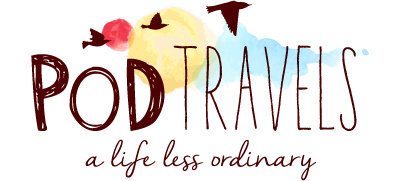
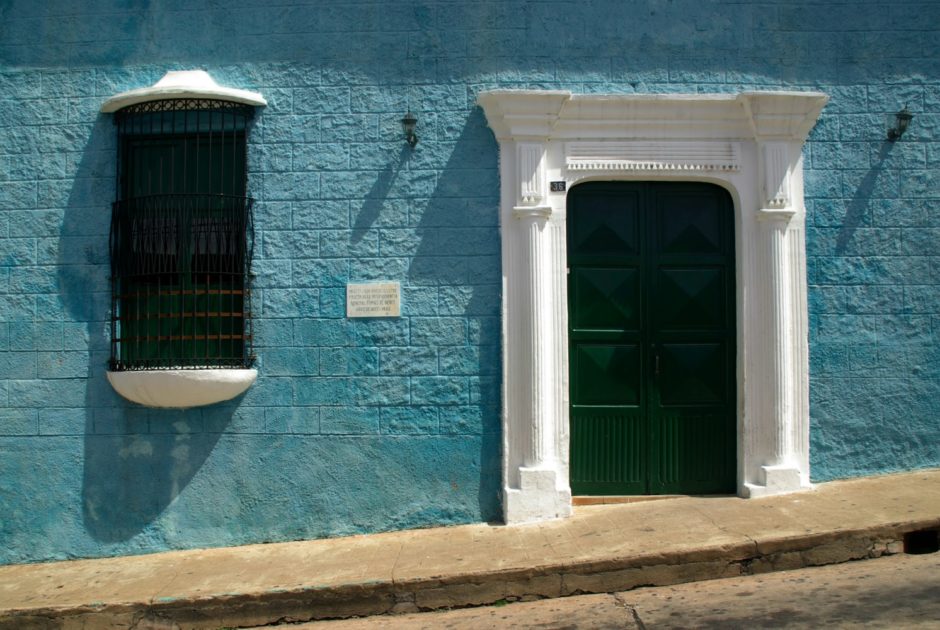
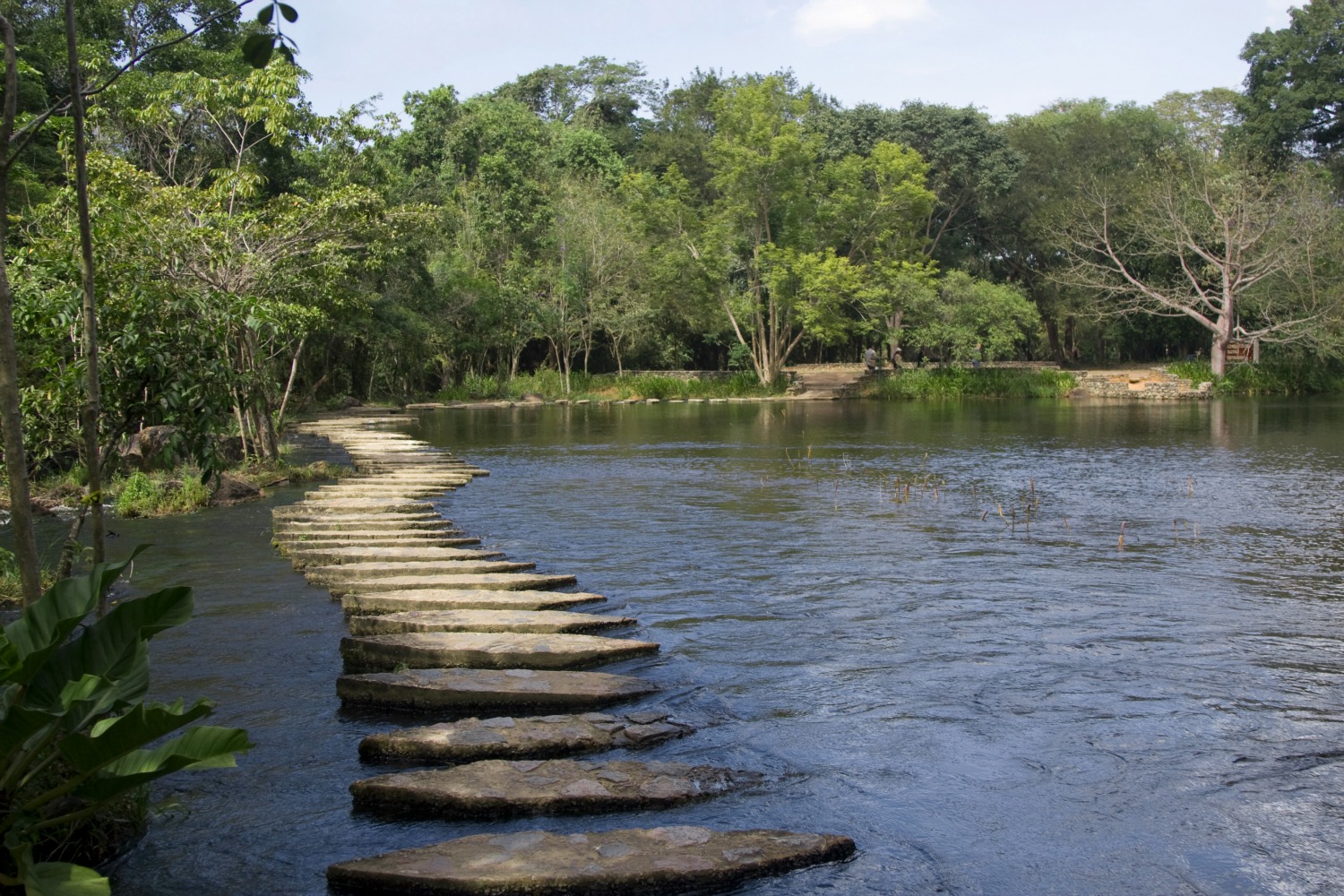
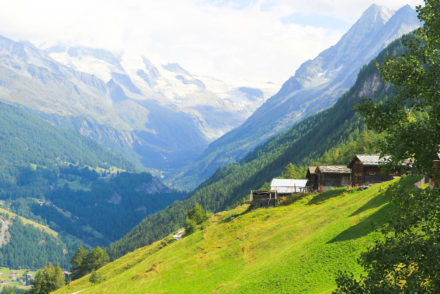

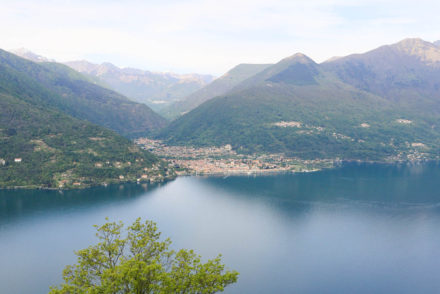
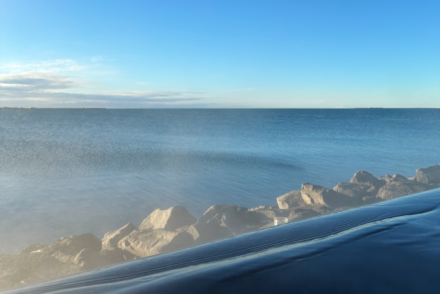
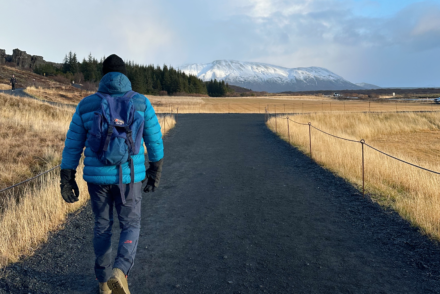
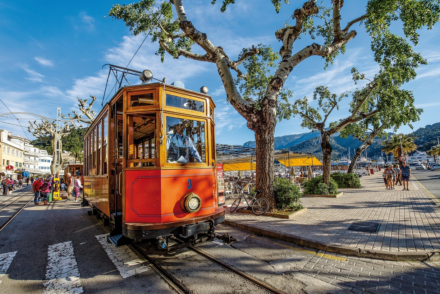
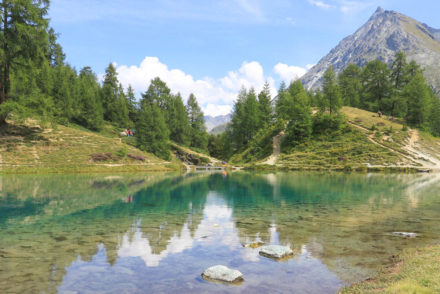
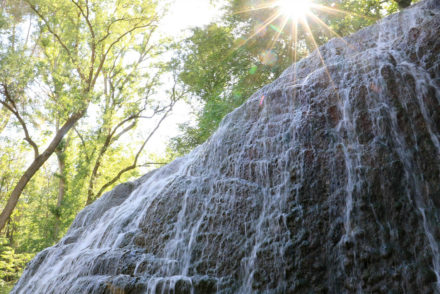
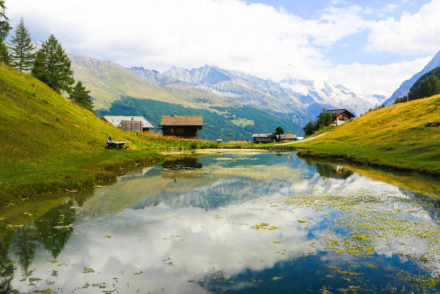
That sounds like a fascinating museum to visit. I love the way all that history is combined with breathtaking scenery.